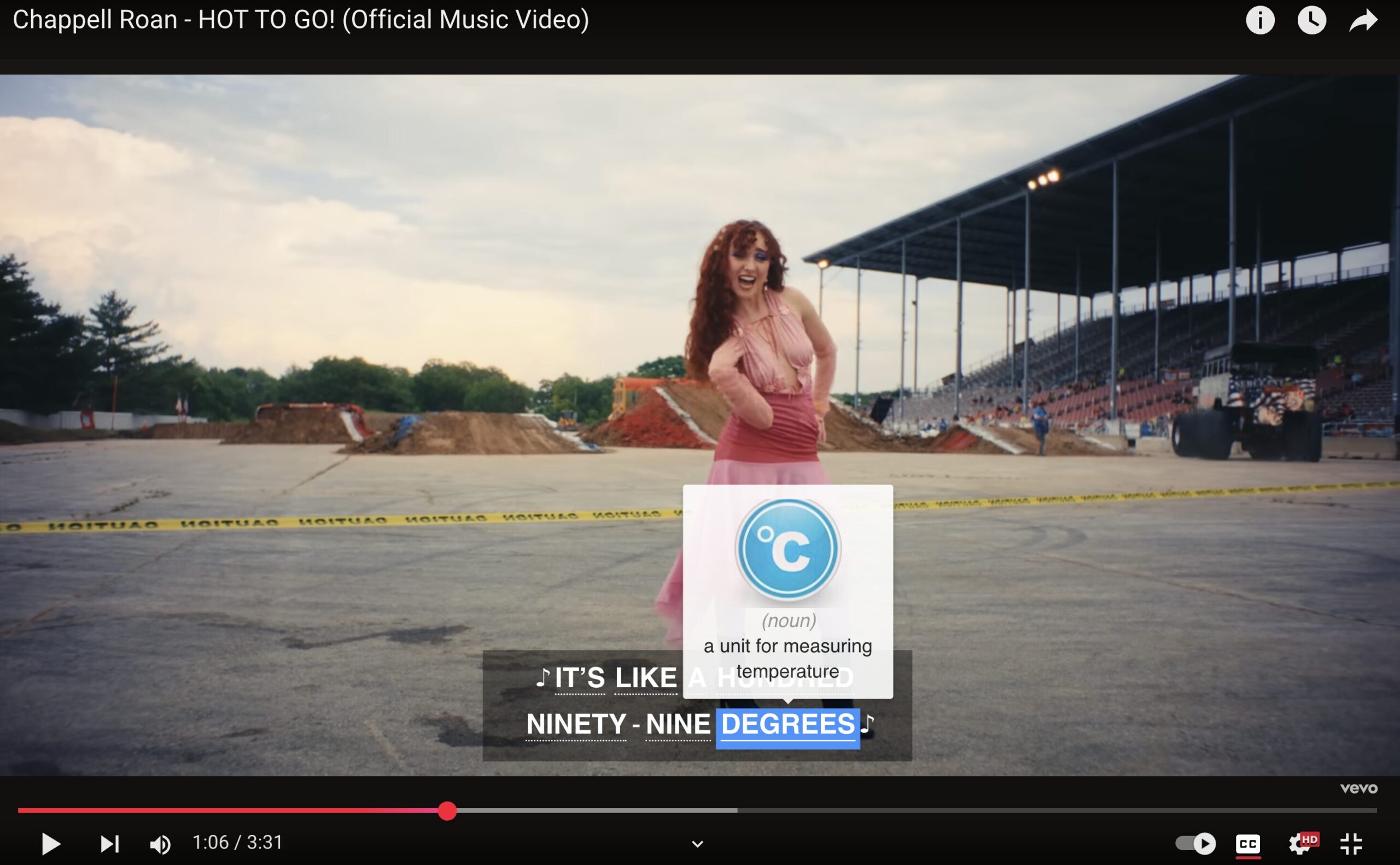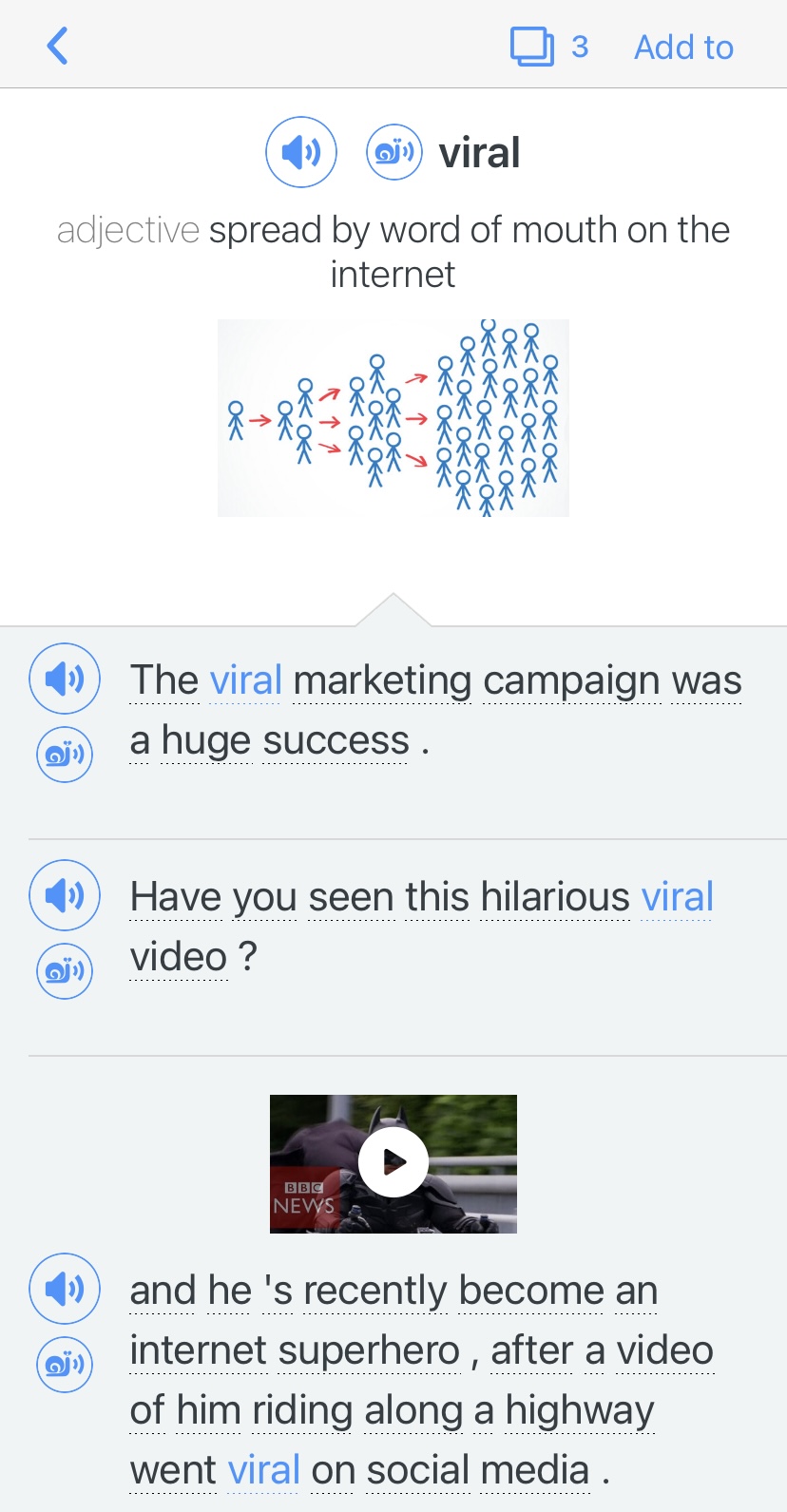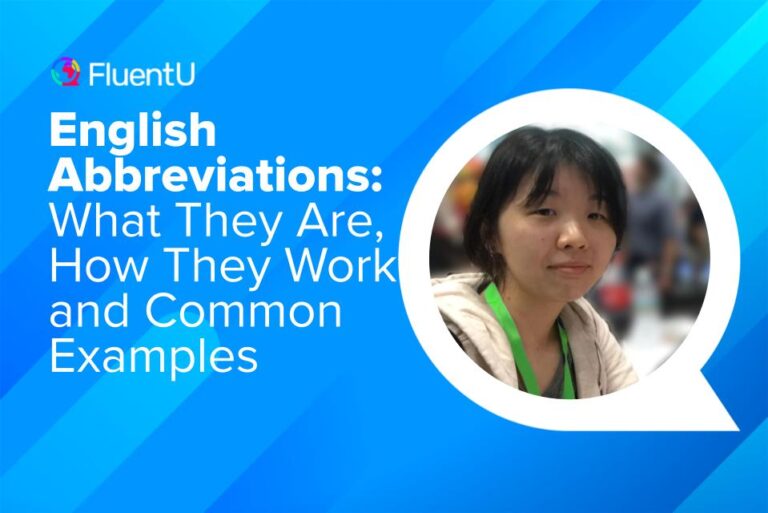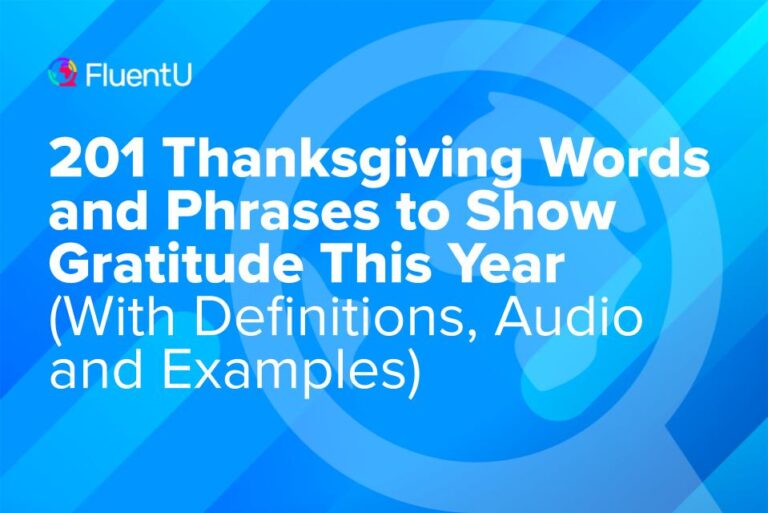Common Consonant Clusters in English

Speaking English can be a bit challenging sometimes. One reason is because of something known as a consonant cluster. This consists of two or more consonants next to each other in word, such as bl in “black.”
In this post, we’ll look more closely at what a consonant cluster is, teach you the most common English consonant clusters with example words and also offer some practice tips.
Download: This blog post is available as a convenient and portable PDF that you can take anywhere. Click here to get a copy. (Download)
What are Consonant Clusters?
There are 21 consonant letters in the English language alphabet: B, C, D, F, G, H, J, K, L, M, N, P, Q, R, S, T, V, W, X, Y, Z.
Cluster means a group of similar things that are kept together.
So a consonant cluster is a group of consonant letters that are written and spoken together. There are at least two consonants in that group, and no vowel letters (A, E, I, O or U) are in between them. Most consonant clusters are either two or three letters long.
The English language has many consonant clusters:
- They can begin a word, which makes them “initial clusters” or “initial blends.”
- They can also end a word, which makes them “final consonant blends.”
- Consonant clusters can even be in the middle of words.
Consonant clusters can be hard for English learners to pronounce, but because there are so many of them, they are very important to learn early on.
The Most Common English Consonant Clusters
We will go over the most common English consonant clusters in alphabetic order.
Consonant Clusters that Start with B
1. B + L = BL
This consonant cluster is usually at the beginning or near the end of words.
Remember that a consonant cluster sounds like one smooth syllable. So, for BL, you would pronounce buh and ull very quickly together—it would sound close to the word “bull.”
Make sure that when sounding out the L sound, your tongue should be touching your teeth.
Here are some example words that have the BL consonant cluster.
| black | blue | noble |
| blur | blow | oblige |
| bland | able | |
| block | dabble |
2. B + R = BR
This one can be confused with BL, so be careful how you pronounce it!
When pronouncing the R, your tongue should be curled and close to touching the bottom of your mouth (and not your teeth).
| braid | broth | labrador |
| brew | brunt | |
| brick | abrasive |
Consonant Clusters that Start with C
3. C + H = CH
CH can be a confusing consonant cluster because it can be pronounced differently, depending on where it is in the word and what the word is.
Sometimes, CH can sound like chuh. Your teeth should be close together and a breath of air should be whooshing out between them. Your tongue will also do a little flick to the top of your mouth, right behind your top teeth.
However, CH can sometimes sound more like kuh. It is not always easy to tell when!
Pay careful attention whenever you learn a word with the CH consonant cluster.
| change | chore | sandwich |
| check | chum | squelch |
| children | ostrich |
4. C + L = CL
When pronouncing CL, your teeth will be close together and your tongue will touch near the back of your teeth. It will sound like kuhl.
| clear | cloud | acclaim |
| click | clown | manacle |
| clock | clutch | Cyclops |
5. C + R = CR
Remember the R sound! Your tongue will be curled up and reaching towards the top of your mouth.
| cream | crazy | micro |
| cry | crawl | |
| croak | acrylic |
Consonant Clusters that Start with D
6. D + R = DR
There aren’t too many consonant clusters that start with D, thankfully. DR is the most common one. It is usually at the beginning or in the middle of words and sounds like durr.
| drive | drunk | adroit |
| drab | dream | cauldron |
| drone | dragon |
Consonant Clusters that Start with F
7. F + L = FL
The FL cluster is usually found at the start of words.
Practice how it sounds by saying the word “full” quickly.
| fly | fling | aflame |
| flavor | flake | reflex |
| flower | flock |
8. F + R = FR
When saying FR, your bottom lip should be touching or close to your top front teeth.
Practice saying the word “fur” quickly to get a hang of it.
| fray | frog | saffron |
| freeze | frumpy | |
| fridge | afraid |
Consonant Clusters that Start with G
9. G + L = GL
The letter G can be tricky to pronounce. It can sound like guh or more like juh.
The GL consonant cluster almost always uses the guh sound.
| glass | glow | bugle |
| glen | glue | |
| glide | angle |
10. G + R = GR
Like the GL consonant cluster, GR will also often use the guh sound. You will not find many English words ending in this cluster.
| grass | grow | regret |
| green | gruel | |
| grime | chagrin |
Consonant Clusters that Start with P
11. P + L = PL
This consonant cluster is commonly seen at the beginning of words.
When pronouncing PL, your lips will be curling in, then releasing out in a whoosh. It’s almost like a pop!
Practice the L sound by making sure your tongue goes between your front teeth.
| place | plow | splay |
| please | plum | |
| plier | apple |
12. P + R = PR
This can sound a lot like PL, but remember, the R sound means that your tongue is curling up as you push out air.
| pray | prod | caprese |
| present | prune | |
| price | approve | |
Consonant Clusters that Start with S
13. S + C + R = SCR
This is a very common three-letter English consonant cluster. It is pronounced like skur.
Start with a hissing sound between your front teeth for S, followed by a hard kuh sound for C and the rolled-up tongue for R.
| scrap | scroll | adscript |
| screech | scrunch | |
| scribble | scry | |
14. S + H = SH
This one is easy to pronounce. It’s the same sound you use when you’re telling someone to be quiet.
Your upper and lower teeth should be touching each other, with both your lips open and sticking out.
| sharp | shore | cashier |
| shell | shudder | |
| shine | mash |
15. S + L = SL
Hiss for the S sound, and then push out your tongue to go between your front teeth for the L sound.
| slang | slime | slurry |
| sled | slow | asleep |
16. S + M = SM
You already know how to make the S sound! Now, for the M sound, you just have to keep your lips closed and hum from your throat.
| smart | smoke | cosmic |
| smell | smush | |
| smirk | chasm |
17. S + P = SP
This consonant cluster is commonly found in all positions of a word: at the beginning, middle or end.
After the hissing S sound, you just have to let air “pop” out from your lips to make the P sound.
A good word to use for practice is the word “super.”
| space | spoon | gasp |
| spear | spur | vesper |
| spiral | spy |
18. S + T = ST
To pronounce ST, your mouth should almost look like you are smiling.
To make the T sound, your teeth should be close together (but not completely touching), and you’re going to use your tongue to push air in between them. It is almost as if your tongue is gently tapping your teeth.
| stand | stone | style |
| step | stove | first |
| sting | stuck | aster |
19. S + T + R = STR
You can pronounce this as if you were just adding a R sound after the ST consonant cluster—your tongue will roll back and touch the top of your mouth.
However, when some native speakers say STR quickly, it kind of sounds like sjurr or even schurr. The T sound becomes a bit “soft.”
I recommend you practice the first pronunciation method so that you get the more proper T sound.
| straight | stripe | bistro |
| straw | stroke | pastry |
| streak | strudel |
Consonant Clusters that Start with T
20. T + H + R = THR
This consonant cluster is a bit tricky because the English TH can be hard to pronounce.
Make sure that your tongue is between your teeth and sticking out a bit, then blow air through them. Then, add the R sound by quickly pulling your tongue back inside and curling it upwards.
| thrall | throw | philanthropy |
| three | thrush | |
| thrift | bathroom |
21. T + R = TR
This one is easier than THR.
Just make a regular T sound by using your tongue to “flick” out air between your front teeth, and then make the R sound right after by curling your tongue up. The whole time, your teeth should be close together, but not completely touching.
| try | trunk | betray |
| trick | trade | |
| troll | tree |
22. T + W = TW
After making a regular T sound, pull your lips back quickly as if you are ready to smile, and you will almost automatically make a weh sound.
| twang | twilight | atwixt |
| tweet | two | |
| twenty | intertwine |
How to Learn and Practice Consonant Clusters
Watch English videos (with subtitles)
When you watch English videos, you can hear native speakers use consonant clusters all the time. That way, you can learn how they should sound for all kinds of words.
It would be best to watch the videos with captions or subtitles so that you can also read the consonant clusters while they’re being spoken.
There are many great English-teaching YouTube channels that you can check out. Here’s one of my favorite YouTube channels for English pronunciation:
For more learning support, FluentU is another option.
FluentU takes authentic videos—like music videos, movie trailers, news and inspiring talks—and turns them into personalized language learning lessons.
You can try FluentU for free for 2 weeks. Check out the website or download the iOS app or Android app.
P.S. Click here to take advantage of our current sale! (Expires at the end of this month.)

Read English texts out loud
It is very important that you practice pronouncing consonant clusters as much as you can. Whenever you are reading anything in English, I recommend that you read it aloud and not quietly.
You can start with graded learner books before you move on to harder books. Harder books are guaranteed to have longer English words and consonant clusters.
Have fun with tongue twisters
A tongue twister is a sentence of words that are hard to say quickly all at once. Usually, all the words in the sentence start with the same letter or start with a similar sound. Even native speakers have a hard time saying them!
However, they can be a great fun way to practice consonant clusters (and impress your friends).
Here are some tongue twisters that have consonant clusters:
She sells seashells by the seashore.
Stanley stands sadly on the steep stone steps.
Gleeful Glen wears green glasses.
For more tongue twisters, check out this list:
50 Tongue Twisters in English | FluentU English Blog
These tongue twisters in English will help you practice clear pronunciation. Read on for 50 tongue twisters that focus on different sounds in the English language, like b,…
Use your hands
Remember that a consonant cluster should be pronounced smoothly as if it were one syllable. To help you make sure you are not separating it into more than one syllable, you can use your hands as a little visual guide.
Have both hands facing palm-up. Put one hand horizontally flat in front of you, then put the other vertical above it at a right angle.
While you are saying a consonant cluster, at the same time, swipe the palm of your vertical hand across the horizontal hand, as if you are wiping dust away from a table surface.
With plenty of practice, you will get used to consonant clusters. You can then learn a lot of English words used every day!
Download: This blog post is available as a convenient and portable PDF that you can take anywhere. Click here to get a copy. (Download)
And One More Thing...
If you're like me and enjoy learning English through movies and other media, you should check out FluentU. With FluentU, you can turn any subtitled content on YouTube or Netflix into an engaging language lesson.
I also love that FluentU has a huge library of videos picked specifically for English learners. No more searching for good content—it's all in one place!

One of my favorite features is the interactive captions. You can tap on any word to see an image, definition, and examples, which makes it so much easier to understand and remember.
And if you're worried about forgetting new words, FluentU has you covered. You'll complete fun exercises to reinforce vocabulary and be reminded when it’s time to review, so you actually retain what you’ve learned.
You can use FluentU on your computer or tablet, or download the app from the App Store or Google Play. Click here to take advantage of our current sale! (Expires at the end of this month.)










